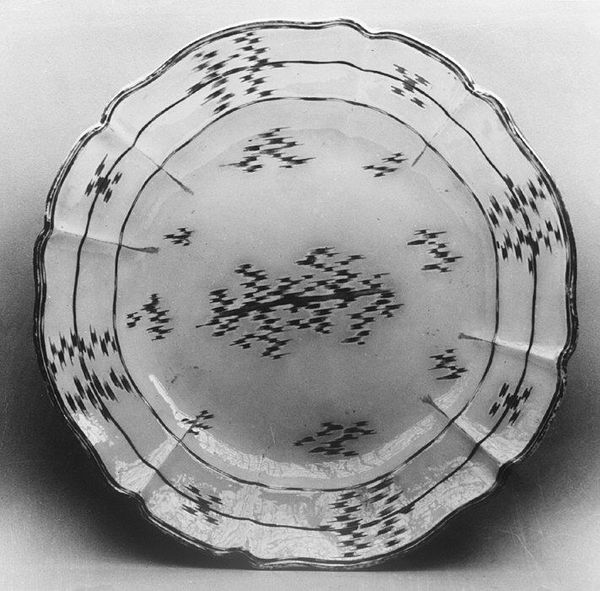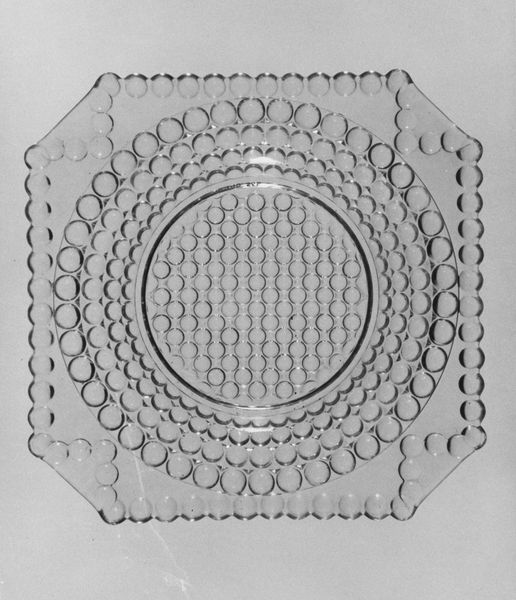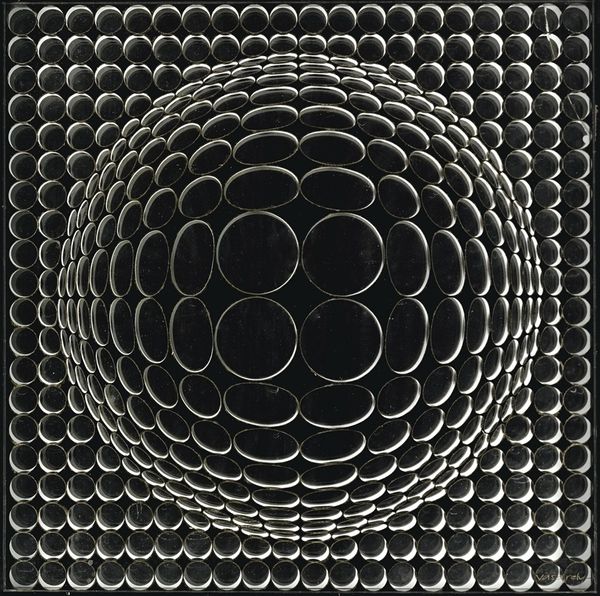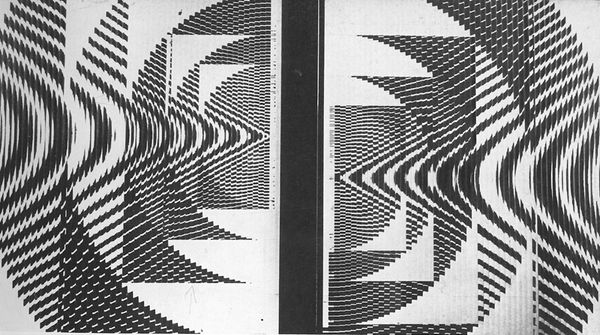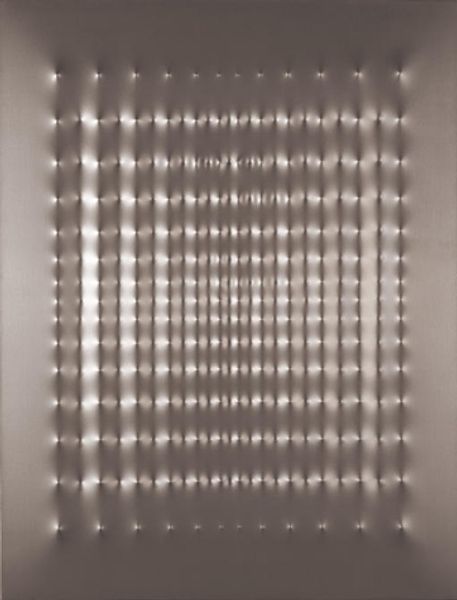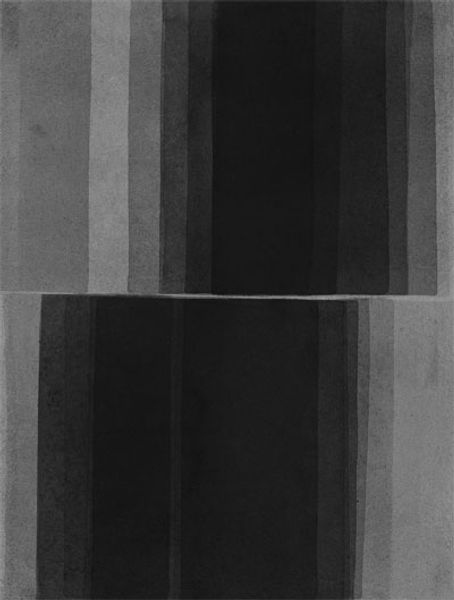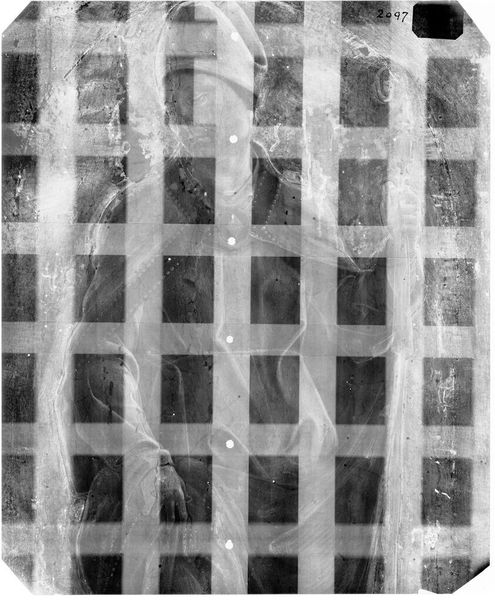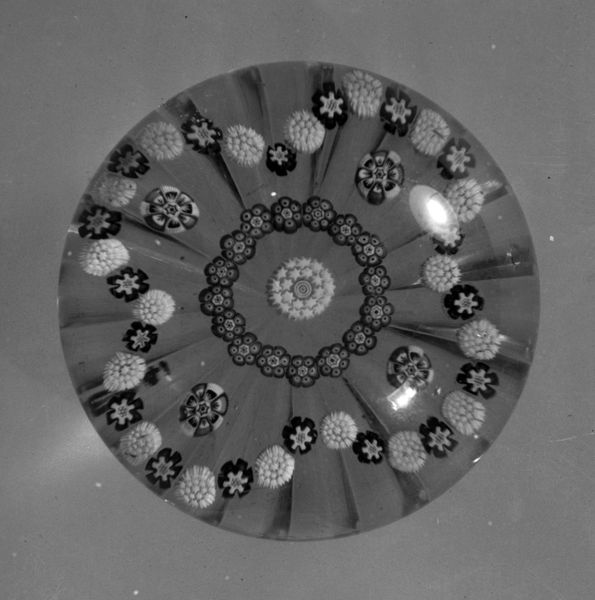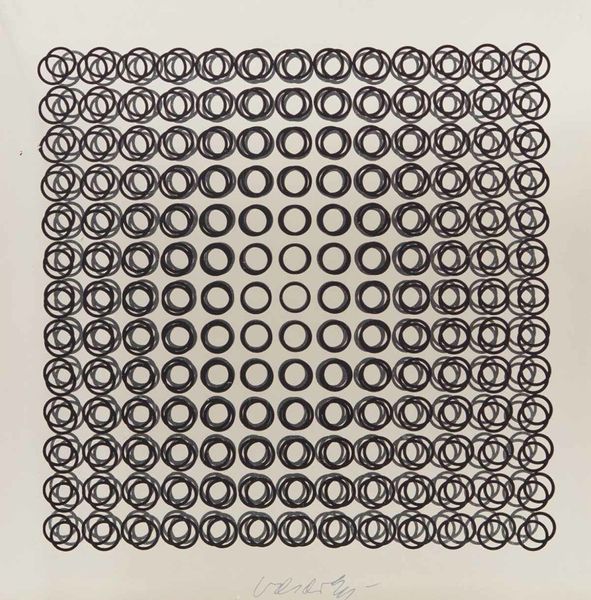
ceramic, porcelain, sculpture
#
ceramic
#
porcelain
#
sculpture
#
decorative-art
#
rococo
Dimensions: Diameter: 9 1/2 in. (24.1 cm)
Copyright: Public Domain
This plate was made at the Frankenthal Porcelain Manufactory, using a blend of kaolin clay, finely ground feldspar, and quartz. Porcelain production was a highly skilled process. It began with shaping the plate on a wheel, before being fired at a high temperature, making it vitrified, non-porous, and resonant. Decoration was then applied over the glaze through laborious hand-painting. The blurred motifs may be attempts to mimic the effect of woven textiles. Note the amount of labor implied in the overall design, which is not particularly innovative. Porcelain factories like Frankenthal thrived on royal patronage and sought to compete with the wares imported from China and Japan. These factories often operated as highly controlled environments, with workers performing repetitive tasks, reflecting the social and economic structures of the time. Considering the materials and processes behind this plate helps us appreciate the complex interplay of artistry, industry, and social context, enriching our understanding of its cultural value.
Comments
No comments
Be the first to comment and join the conversation on the ultimate creative platform.
